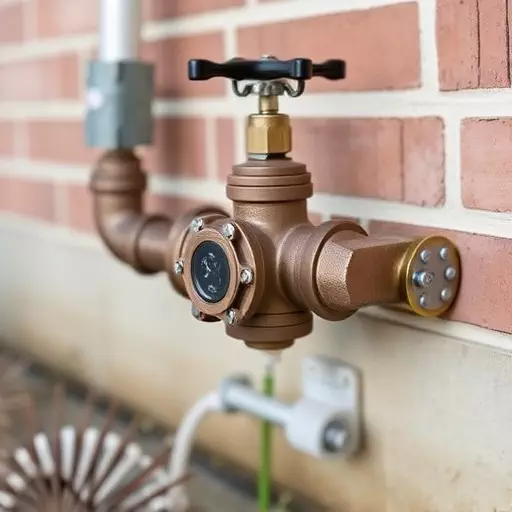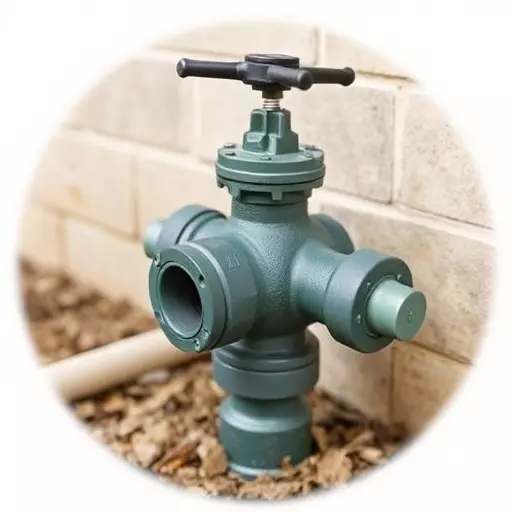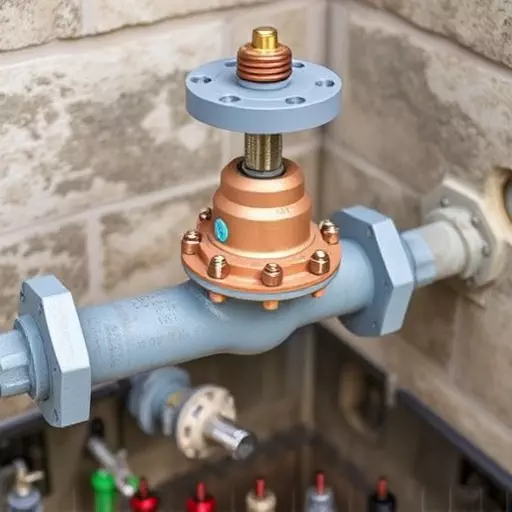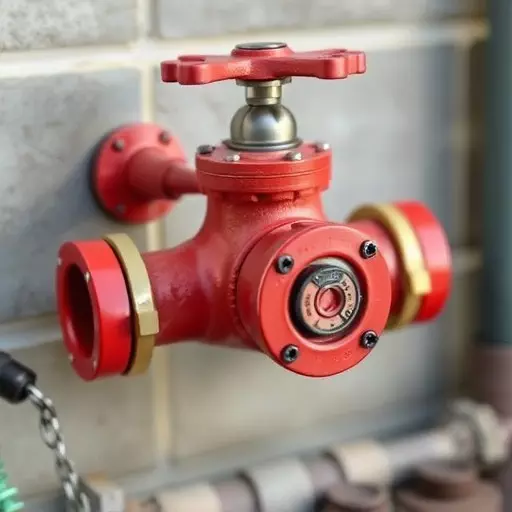Backflow preventers are essential safety mechanisms in Spring Lake, safeguarding water supplies from contamination. Their strategic installation in commercial and residential properties is vital to meet regulations, ensure uninterrupted water service, and protect against health risks. A comprehensive guide on Commercial Backflow Preventer Installation (CBPI) outlines the process, emphasizing proper understanding of local guidelines and backflow dynamics for effective maintenance. Regular checks are crucial to preserve the preventers' effectiveness, ultimately ensuring safe water quality for Spring Lake residents and businesses.
In Spring Lake, proper water flow management is vital for both commercial and residential properties. This is where backflow preventer installation plays a crucial role in maintaining water quality and safety. Our comprehensive guide delves into the significance of these devices, offering insights on both commercial and residential installations. Understanding how underground backflow preventers work ensures your Spring Lake property stays protected from potential contamination. Learn about the step-by-step process of installing these vital components to safeguard your community’s water supply.
- Understanding Backflow Preventers and Their Importance in Spring Lake
- Commercial Backflow Preventer Installation: A Comprehensive Guide
- Residential Backflow Preventer Installation: Protecting Your Home and Community
- The Process of Underground Backflow Preventer Installation in Spring Lake
Understanding Backflow Preventers and Their Importance in Spring Lake

Backflow preventers are critical safety devices designed to stop contaminated water from flowing back into a clean water supply. They protect Spring Lake’s residents and businesses by safeguarding their water sources from potential pollution and contamination. These devices are especially important in areas where water pressure fluctuates or when there’s a risk of backsiphoning, which can occur due to various reasons like broken pipes, natural disasters, or hazardous material spills.
In both commercial and residential properties, installing the right backflow preventer is essential. Commercial backflow preventer installation requires specialized knowledge to meet business regulations and ensure uninterrupted water supply for operations. Similarly, residential installations must be done correctly to protect families from potential health risks. By understanding backflow dynamics and adhering to local guidelines, Spring Lake residents can maintain a safe and reliable water system.
Commercial Backflow Preventer Installation: A Comprehensive Guide

When it comes to ensuring safe and reliable water supply in both commercial and residential settings, a crucial component is the backflow preventer installation. Spring Lake residents and businesses alike benefit from this essential practice, which safeguards against potential contaminants flowing back into the main water supply. A comprehensive guide for Commercial Backflow Preventer Installation (CBPI) is an invaluable resource for property owners and managers aiming to protect their water systems.
The process involves several steps, starting with identifying suitable locations for installing the preventers. These devices are strategically placed to prevent any backflow from potentially harmful sources, such as chemical storage tanks or irrigation systems. Professional installers then meticulously follow guidelines to install, test, and maintain these critical components, ensuring they function flawlessly. Regular maintenance checks are vital to guarantee their longevity and effectiveness in safeguarding water quality for Spring Lake’s businesses and homes.
Residential Backflow Preventer Installation: Protecting Your Home and Community

In residential areas like Spring Lake, installing a backflow preventer is an essential step in safeguarding your home and community from potential water contamination. These devices are designed to stop hazardous backflows of water, preventing pollutants and contaminants from entering the main water supply. A backflow preventer installation should be handled by professionals who understand the local regulations and can choose the most suitable type for your plumbing system.
Residential backflow preventers play a crucial role in protecting against various risks, including chemical spills, cross-connection errors, and even fire sprinkler system backflows. By ensuring these devices are correctly installed and maintained, Spring Lake residents contribute to a safer water infrastructure, preventing potential health hazards and ensuring the well-being of their community. Whether it’s for a new construction or an existing home, proper backflow preventer installation is a wise investment in your property’s long-term safety.
The Process of Underground Backflow Preventer Installation in Spring Lake

The process of installing an underground backflow preventer in Spring Lake involves a meticulous approach to ensure water safety and compliance with local regulations. It begins with a thorough assessment of the site, including identifying the specific type of backflow preventer needed for either commercial or residential properties. The selection is crucial as it depends on factors like water pressure, flow rate, and potential hazards present in the system.
After choosing the appropriate backflow preventer, excavation begins to access the underground pipes. This step requires careful navigation around existing utilities and infrastructure to avoid disruptions. Once the location is secured, the backflow device is installed, typically involving connecting it to the water main and ensuring a secure seal. Testing is then conducted to verify its functionality and confirm that it complies with Spring Lake’s backflow prevention regulations, guaranteeing safe water distribution in homes or businesses.


